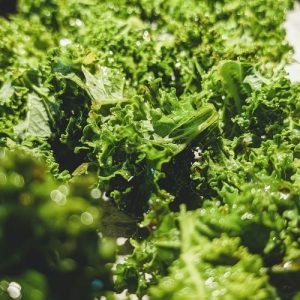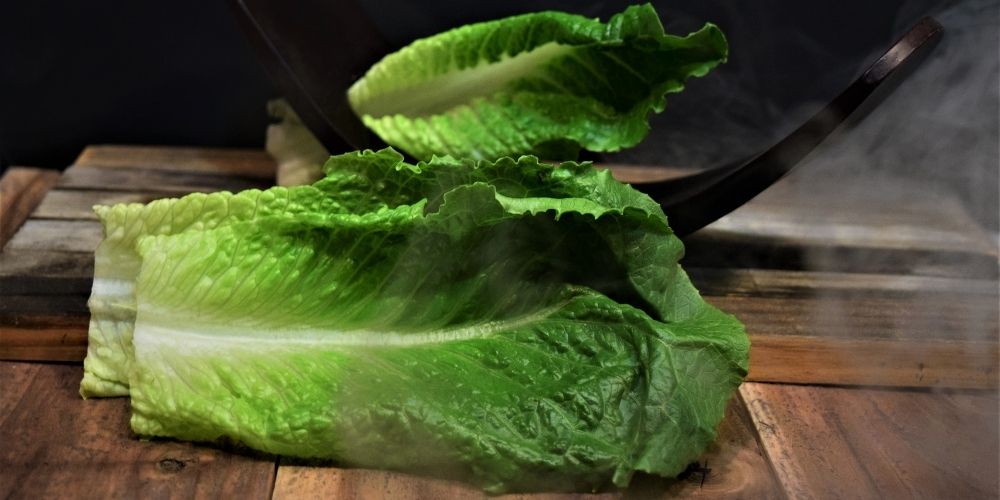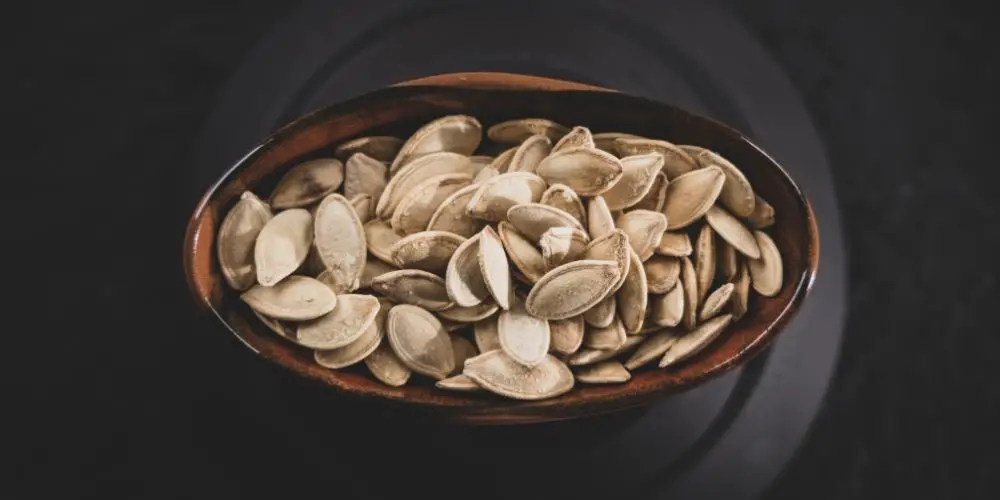The easiest form of lettuce to grow is loose leaf lettuce. Loose leaf lettuce bolts slower and tolerates heat better than heading lettuce, allowing it to last longer in the summer. It’s also very quick and easy to harvest.
Lettuce usually comes in head or leaf varieties. They vary in the way their leaves grow. Four varieties of lettuce are commonly grown: romaine, butterhead, crisphead, and loose leaf lettuce. They are all essentially grown and cared for in the same way, but each has its own unique characteristics.
What is loose leaf lettuce?
The loose leaf lettuce gets its name from its strewn leaves. Rather than bunching together and overlapping like other varieties, they grow away from their stems. Their frilled leaves grow on wavy, limp stems, making them easy to spot.
Loose leaf types can be harvested and eaten at any size since the leaves are already separated. You can even pick the baby leaves for quick salads. If you just cut the outer leaves, the center leaves will continue to grow. It grows back from a cut stem without sacrificing flavor or texture.
With loose leaf lettuce, you’ll be able to start harvesting earlier, and when you do, it will also prevent the lettuce plant from completely maturing and finishing its life cycle, giving you a longer harvest season.
Head lettuces, on the other hand, take a long time to mature, and they sometimes bolt before they can produce edible heads. Bolting occurs at the end of the growing period, when the plant begins to produce seeds before withering. The leaves would become too bitter to eat if this happens. If you want a long harvest season, loose leaf lettuce is a better option.
How do I grow loose leaf lettuce?

Leaf lettuce can be grown in rows to produce bundles, or sown thickly in a large container indoors to harvest whenever you need them. Lettuce can be grown from seeds without much effort. Their seeds are frequently very small and need just a 1/4 to 1/2 inch planting depth.
They take 30 days to mature, but can be harvested as soon as they reach the desired size, which is typically 4 to 6 inches tall. Other lettuce varieties take 6 to 8 weeks to achieve harvest size.
When harvesting, you can either cut the whole plant at the base or harvest it from the outside of the plant, leaving the central bud to produce more leaves. You can get two to three harvests from a single planting of leaf lettuce by trimming it a few inches above the surface.
The plants will continue to grow new leaves long into the summer if the lettuce leaves are cropped short. Don’t allow leaves to grow big and mature if you don’t want them to bolt and wither. Even if it means discarding some leaves, keep your leaf lettuce cropped short.
Loose leaf lettuce is an excellent crop to grow continuously. Plant seeds every 2 weeks, and as long as the weather remains cool, you’ll have plenty to harvest.
- How to regrow Romaine Lettuce in water
- Why do plants need room to grow?
- Can you grow potatoes in winter?
When should I grow loose leaf lettuce?
Late summer, autumn, or early spring are the best times to plant lettuce. In the spring and fall, a spot that receives full sun is perfect for growing lettuce. If you’re growing lettuce in the summer or in a hot climate, partial shade will help to keep the heat at bay.
Growing lettuce from seed in the late summer will require a lot of artificial shade to keep the soil cool enough to germinate. When the days become colder, the shade can be removed to allow young lettuce plants to receive plenty of sunlight.
Lettuce thrives in temperatures ranging from 45 to 80 degrees Fahrenheit. Lettuce leaves will become bitter as the temperature rises. If the weather gets too hot and your lettuce plants haven’t matured, try putting up a roof to shade them.
During the cooler months, lettuce grows best in full light, but it can handle some shade. As the season progresses, a spring crop that is shaded from the afternoon sun will sometimes last longer, which means you can even grow lettuce indoors.
Conclusion
Lettuce is a high-value crop on the market and a staple in the home garden because it is versatile, widely popular, and in constant demand. It’s also an excellent vegetable for beginner gardeners.
With so many lettuce varieties to choose from, you can easily customize your garden to suit your needs and personality. If you’re starting a lettuce garden for the first time, planting loose leaf lettuce varieties is a great choice.















